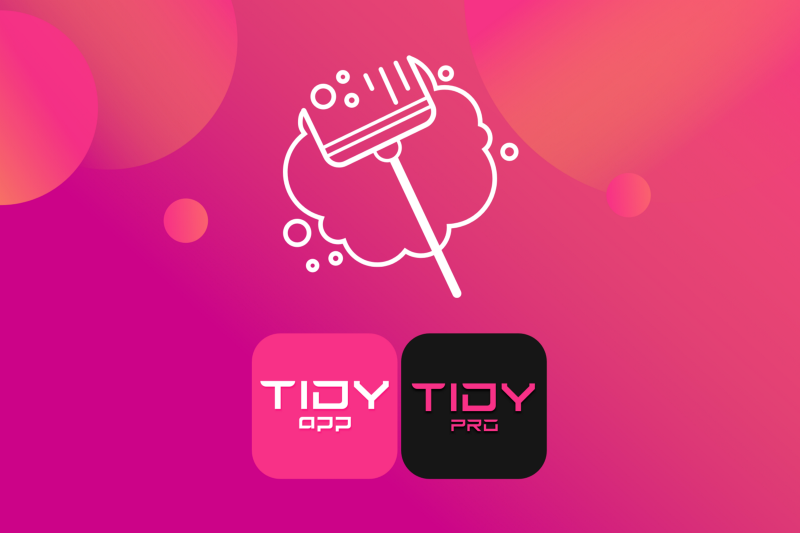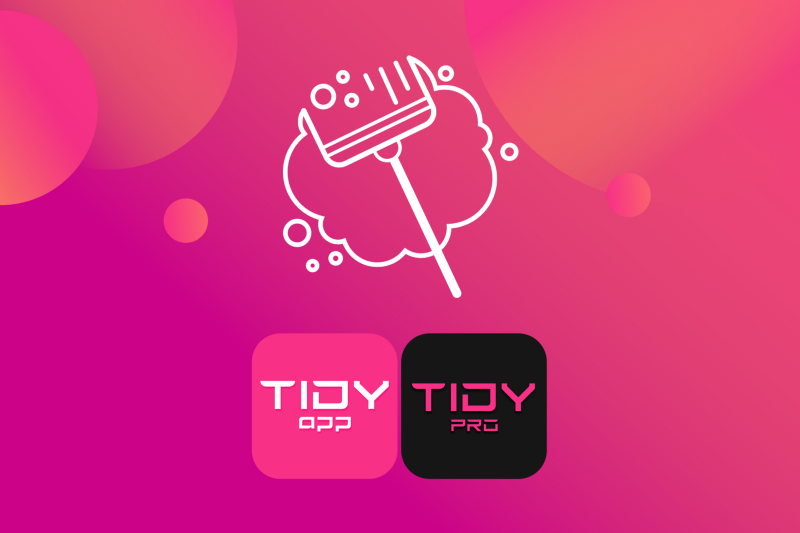8 Cleaning Products You Should Never Mix
Cleaning days are hard enough. Make sure you avoid these mixtures to prevent accidents or other harm.

Cleaning days are hard enough. Make sure you avoid these mixtures to prevent accidents or other harm.

Double the clean
Sometimes it might seem like a good idea to mix different cleaning products to get double to power to clean up messes. Many cleaning products contain chemicals, that when mixed with other chemicals from a different product, can create something toxic. Before you start scrubbing down your bathroom or giving your kitchen countertops a much needed clean make sure you know about these cleaning products you should never mix.
1. Don’t mix: Ammonia and bleach
“Never mix bleach and ammonia cleaners. This creates gases called chloramines, which can quickly cause eye, nose and throat irritation, and even death,” says Laura, cleaning Pro from TIDY app. “When using bleach diluted with water, wear rubber gloves and eye protection. Open windows and turn on vents to dissipate the toxic fumes.” Make sure to read the labels on your cleaning products before you mix them to prevent any accidents. For example, Windex typically has ammonia in it, and some brands of pipe cleaner, such as Drano, have bleach in them.
2. Don’t mix: Vinegar and bleach
“Vinegar and chlorine bleach is a killer combination since the main ingredient in the bleach is the alkaline (a.k.a. basic) compound sodium hypochlorite, while vinegar is acetic acid,” says Grace, cleaning Pro for TIDY app. It creates chlorine gas which will cause a burning sensation in your eyes, nose, and throat. It can also cause you to feel chest tightness, have difficulty breathing, and cause nausea or vomiting. “In large volumes, the gas has an extremely pungent smell and looks yellow-green, however in small quantities it’s almost invisible and this is what actually makes is dangerous,” says Grace.
3. Don’t mix: Hydrogen peroxide and vinegar
Combining hydrogen peroxide and vinegar creates peracetic acid. It can create an irritant that, in high concentrations, can harm the skin, eyes, throat, nose, and lungs, says Laura. These two products can be used on the same surface (making certain the area dries in between applications), but they can’t be mixed together in the same container.
4. Don’t mix: Rubbing alcohol and bleach
“Bleach (containing sodium hypochlorite) and rubbing alcohol (a.k.a. isopropyl alcohol) creates heavy, sweet-smelling chloroform as well as hydrochloric acid and chloroacetone,” says Grace. When exposed to low levels of chloroform you may become dizzy or nauseous. Higher levels can lead to damage of the nervous system, eyes, lungs, skin, liver, kidneys, and even death. “If you accidentally mix bleach with isopropyl alcohol, exit the room as soon as possible. Wait for the gases to dissipate before you go back in to neutralize and dispose of the waste. Dilute the mixture with large volumes of water and then wash it down the drain.”
5. Don’t mix: Bleach and toilet bowl cleaner
Mixing an acid-based toilet bowl cleaner with bleach is very dangerous. “Some people may add bleach to the [toilet] bowl, but the combination of bleach with the acid from a toilet bowl cleaner releases chlorine gas,” says Sandra, cleaning Pro for TIDY app. “Even at low levels, it irritates eyes, nose, and throat and causes coughing and breathing problems. Very high levels can cause death.”
6. Don’t mix: Bleach and mold or mildew stain removers
Most of them contain acid, which, when combined with bleach sets off the chemical reaction,” says David, cleaning Pro for TIDY app.. Just like mixing vinegar and bleach, it will produce chlorine gas.
7. Don’t mix: Different drain cleaners
If your drain is really clogged, you might be tempted to try this. Don’t. “Mixing two types of drain cleaners, which contain acid and other ingredients, can release chlorine gas or other hazardous byproducts,” says Sandra. Avoid mixing drain cleaners in the same container as well as using one right after another.
8. Don’t mix: Bleach and oven cleaners
“A common active ingredient found in many “off the shelf” oven cleaners is sodium hydroxide (a.k.a. Caustic soda),” says Grace. If you mix both products together you’ll produce chlorine gas resulting in eyes, nose, throat, and lung irritation.


